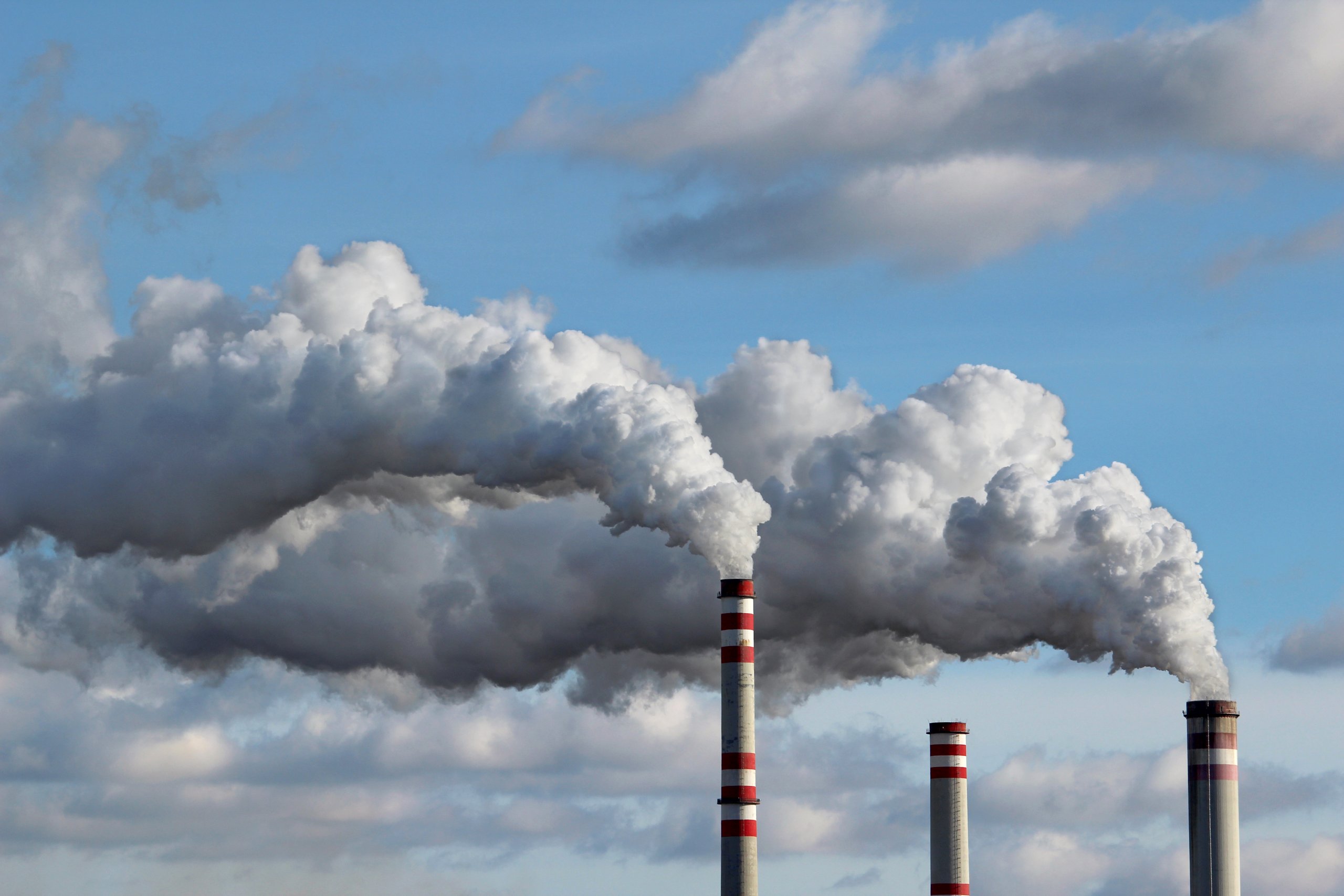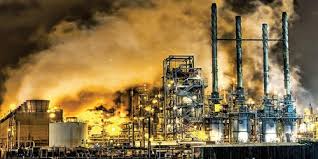Fugitive Emissions
At One Stop Safety Solutions, our aim is to develop and create models that facilitate the simplification of fugitive emissions, ensuring that all sources of emissions are appropriately captured. We employ effective methods to achieve the desired outcomes in reducing emissions. Over time, industries have become increasingly aware of the overall environmental impact of fugitive emissions. Consequently, the testing of these emissions has become crucial. We offer consultancy services in this field to ensure compliance with industry standards. Our experienced and trained staff are proficient in planning and implementing programs to mitigate emission levels. Our modern and advanced laboratory infrastructure enables us to achieve planned results, and we also have an in-house testing facility to deliver satisfactory results in the field.
Fugitive emissions refer to the unintentional release of gases and vapors into the atmosphere. Although not limited to industrial environments, the majority of emissions result from industrial activities. These emissions contribute to climate change and severe air pollution. Not only do these emissions harm the environment, but they also pose a significant threat to human health. For instance, certain pharmaceutical companies release ethylene oxide into the atmosphere through medical sterilization facilities, posing hazards to nearby residents. Similarly, oil refineries and chemical plants carry the risk of causing severe health complications for workers and nearby communities due to the release of volatile organic compounds like benzene during their operations. Furthermore, the emission of such harmful gases through leakage and flaring increases the likelihood of accidents or explosions that can be fatal.
Methods to Fugitive Emissions
The most effective way to minimize fugitive emissions is through regular testing and maintenance schedules. It is essential to schedule periodic checks for leaks, employing gas detection services to measure the amount of vapor escaping into the atmosphere. Several components, including flanges, valves, pumps, compressors and pressure relief devices, contribute to leakages. Advanced techniques have been developed in recent years to detect gas leaks. Monitoring and reducing fugitive emissions create a clean atmosphere, allowing for easier breathing and a safe and healthy environment. In the oil and gas industry, methane gas is released during various activities involved in oil extraction. To curb these emissions, the following measures can be implemented:
- Regularly spraying water to control dust and pollutants.
- Using chemicals like calcium chloride mixed with water to minimize dust and pollutants.
- If possible, isolating specific areas with glass barriers.
- Implementing speed restrictions on paved roads within industrial premises.
- Properly covering open vehicles carrying powdered materials to reduce emissions.


